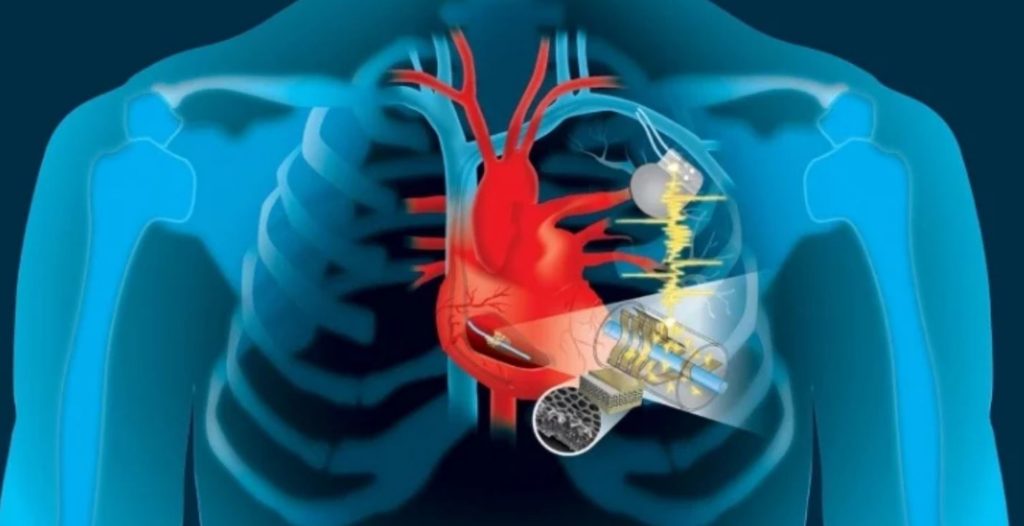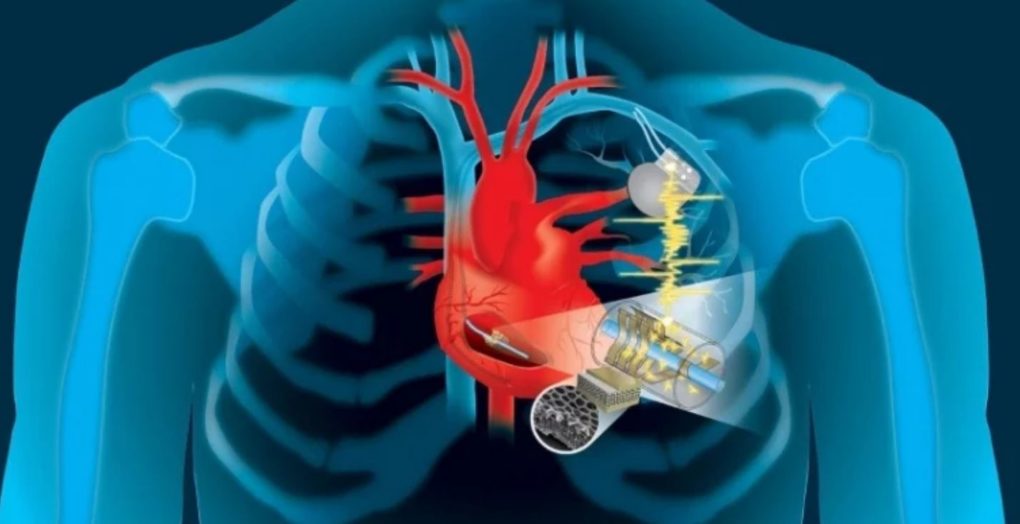Pacemakers Could Soon Be Powered by Our Heartbeats Rather Than Batteries
 By Elias Marat
By Elias Marat
A breakthrough in medical science could soon change the lives of millions of people who rely on life-saving implantable devices like pacemakers, while also paving the way for tiny, self-charging implants that could revolutionize how technology can transform the human body.
Researchers at Dartmouth College are developing a new biomedical device the size of a dime that will be capable of transforming the heart’s kinetic energy into electricity through thin-film energy conversion materials.
The tiny new device will be capable of maintaining a constant charge for cardiac pacemakers, defibrillators, and other devices that traditionally rely on battery power, and require surgery every five to 10 years to replace depleted batteries.
Widget not in any sidebars
Lead researcher and Dartmouth engineering professor John Zhang told Advanced Materials Technologies:
We’re trying to solve the ultimate problem for any implantable biomedical device … How do you create an effective energy source so the device will do its job during the entire life span of the patient, without the need for surgery to replace the battery?
Such surgeries are typically costly and also carry the risk of complications or deadly infections.
The device would modify existing pacemakers by attaching a lead wire to a beating heart and converting the kinetic energy of the heartbeat into a consistent electrical charge.
The breakthrough material involved is a specialty polymer piezoelectric film called PVDF that, when designed with porous structures such as an array of tiny beams or a flexible cantilever, is capable of transforming small mechanical motions such as a heartbeat into electrical energy.
Research associate Lin Dong added:
Of equal importance is that the device not interfere with the body’s function … We knew it had to be biocompatible, lightweight, flexible, and low profile, which also makes it not only fit into the current pacemaker structure but also scalable for future multi-functionality.
In the future, devices based on this technology may include sensors and other implantable biomedical devices that would enable the real-time collection of data for monitoring patients.
Researchers estimate that the self-charging pacemaker could reach patients in about five years, following the completion of pre-clinical trials and approval by regulators.
“We have completed the first round of animal studies with great results which will be published soon,” said Zhang.
This article was sourced from The Mind Unleashed.



